On March 18, in Hanoi , the Vietnam Association for Conservation of Nature and Environment (VACNE) held a ceremony to celebrate the 15th anniversary of the launch of the initiative to preserve Vietnam's heritage trees (March 18, 2010 - March 18, 2025). From the first 9 ancient ebony trees recognized at Voi Phuc Temple (Hanoi) in 2010, to date, the whole country has more than 8,000 trees of 145 plant species recognized as "Heritage Trees".
From the first row of “Vietnam Heritage Trees”…
Opening the event "Vietnam Heritage Trees", on the occasion of the 1,000th anniversary of Thang Long - Hanoi, on October 5, 2010, 9 ancient ebony trees nearly 1,000 years old at Voi Phuc Temple (Thuy Khue, Hanoi) were recognized and honored by VACNE.
“Each “Heritage Tree” is very special, leaving unforgettable impressions. I would like to mention some trees. First is the samu dau tree, which is over 1,000 years old, over 70m high, with a trunk diameter of 5.5m in the upper stream of Khe Bu in Pu Mat National Park, Chau Khe commune, Con Cuong district, Nghe An province. This is the tallest tree that has been recognized as a “Heritage Tree”. The oldest trees are the two golden and silver tamarinds in Trung Vuong commune, Viet Tri city. According to the genealogy, the age of the trees is over 2,200 years old. The kapok tree, which is over 700 years old, was planted by the daughter of King Tran Thanh Tong, named Princess Quynh Tran, at Mo Temple, which is the gathering place for young people in Ngu Phuc commune, Kien Thuy district, Hai Phong city to go to defend the Fatherland. The heritage tamarind tree is 24m high, with a trunk diameter of 1.2m, and its canopy covers over 600m2 in Quang Trung Museum of Binh Dinh province, planted by her father. of the three brothers Nguyen Nhac, Nguyen Hue and Nguyen Lu, Mr. Ho Phi Phuc planted more than 200 years ago. The hundreds of years old heritage banyan trees in Con Dao, Ba Ria - Vung Tau where the imperialists and colonialists turned it into a "hell on earth" to detain prisoners. Those banyan trees provided green matter, contributing to saving the lives of many of our revolutionary soldiers imprisoned here. In particular, the 5 "Heritage Trees" of 3 species of Phong Ba, Mu U and Banyan on the islands of Truong Sa archipelago are always the pride of VACNE" - Dr. Nguyen Ngoc Sinh - Chairman of VACNE - the person who initiated the organization, investigation, discovery and appraisal to honor "Vietnam Heritage Trees" answered an interview in April 2021.
Voi Phuc Temple - Thuy Khue was built during the Ly Dynasty to worship Linh Lang Dai Vuong. Legend has it that Prince Linh Lang was the son of King Ly Thai Tong. In 1077, during the resistance war against the Song Dynasty, he commanded a naval force to attack the defense cluster of General Quach Quy of the Song Dynasty on the Nhu Nguyet River, destroying many enemy troops, forcing them to retreat. But unfortunately, in the fierce battle, the brave prince also sacrificed himself. Mourning the hero, King Ly Thanh Tong bestowed upon Linh Lang the title of Linh Lang Dai Vuong Thuong Dang Than. At the same time, he ordered all the villages where Linh Lang lived, stationed troops, or passed through to build temples to worship him, a total of 269 villages. Thuy Chuong is the birthplace of Saint Linh Lang, so as soon as he passed away, the people built a temple to commemorate him.
In the temple, there are 9 ebony trees that were planted after the temple was built. According to the elderly living near the temple, whenever building a communal house, temple or pagoda, the ancients always planted trees such as banyan, bodhi and ebony. At Voi Phuc - Thuy Khue temple, after building the temple, the elders chose to plant ebony trees because they are easy to grow, provide shade and are suitable for the soil here. The ebony trees at Voi Phuc - Thuy Khue temple are the first trees recognized by VACNE as "Vietnam Heritage Trees" in Hanoi. In 2010, to contribute to honoring and protecting the 9 ebony trees at Voi Phuc - Thuy Khue temple, the Vietnam Association for Conservation of Nature and Environment sponsored and helped the temple management board publish a leaflet introducing the 9 ebony trees of the temple.
From the first 9 ancient ebony trees recognized at Voi Phuc Temple - Thuy Khue in 2010, up to now, after 15 years of the "Vietnam Heritage Tree" journey, the whole country has more than 8,000 trees of 145 plant species recognized as "Heritage Trees". "Vietnam Heritage Trees" are present in many provinces and cities of Vietnam. "Vietnam Heritage Trees" are present in the highest mountain range in our country, Hoang Lien Son, located less than 10m from border marker No. 651 in Ha Quang, Cao Bang and on many islands such as: Hon Dau, Hai Phong; Cu Lao Cham, Quang Nam; Ly Son, Quang Ngai; Con Dao, Ba Ria - Vung Tau; Son Ca, Song Tu Tay, Nam Yet and Sinh Ton islands in Truong Sa archipelago... This shows the widespread response of localities across the country, contributing to the protection of biodiversity and the conservation of precious ecological values.
Hundreds of years old heritage banyan trees in Con Dao, Ba Ria - Vung Tau. (Source: VACNE) |
...Don't let the tree suffer from "what ifs"
After the 9 ebony trees in Voi Phuc Temple - Thuy Khue were honored, a year later, it was discovered that some of the trees' leaves were not growing as well as before. By 2014, 8 ebony trees were sick and could not be saved, so now there is only 1 tree left alive. Along with the "departure" of 8 ebony trees, many "Heritage Trees" also fell into a state of "crying for help" because after being awarded the title, for example, the nearly 400-year-old kapok tree in Van Hoa commune, Nong Cong district, Thanh Hoa was recognized as a "Heritage Tree", making local people very proud because it is considered a cultural symbol of the village. However, when VACNE granted the "Heritage Tree" recognition certificate at the end of 2012, the kapok tree began to show signs of yellow leaves, peeling bark and gradually dying. Local people and authorities tried many ways to save the tree but failed. According to local people, the cause of the tree's death may be that when digging the ground to build a fence around the base, people cut too deep into the roots. In addition, when preparing to receive the Certificate of Recognition as a "Heritage Tree", the tree was fertilized with a lot of fertilizer, so it may have been "overfed", rotten roots and died. In 2017, sharing the cause of the death of 5 out of 9 ebony trees at Voi Phuc Temple, Prof. Dr. Dang Huy Huynh - Vice President of VACNE stated that in addition to being attacked by pests and diseases as well as changes in climate, or the age of the trees, the previous construction and renovation of Voi Phuc Temple also affected the "health" of the "elder ebony trees" to some extent...
This reality has raised the issue of the need to develop specific regulations to preserve “Vietnam Heritage Trees”. Since the “Vietnam Heritage Trees” event began in 2010, the protection and care of heritage trees has been undertaken by tree owners, local authorities, and communities where the trees are located. Depending on actual conditions, each locality and unit has its own way of preserving and protecting “Heritage Trees”, spontaneously and “everyone does it their own way”. Meanwhile, the “Heritage Trees” are all old, and care requires techniques and large funds, but the resources of some localities are limited…
The issue of how to protect "Heritage Trees" was once again mentioned at the 15th anniversary of the launch of the initiative to preserve "Vietnam Heritage Trees" (March 18, 2010 - March 18, 2025) organized by VACNE on March 18. According to Prof. Dr. Dang Huy Huynh, the success of the movement cannot be separated from the spirit of volunteerism and high responsibility of the community, because the people are the ones who directly protect and care for "Heritage Trees" in their localities. Sharing the same view, Dr. Nguyen Ngoc Sinh, Chairman of VACNE affirmed that the movement to preserve "Heritage Trees" is not simply to protect ancient trees but also to contribute to larger goals such as environmental protection, climate change response and sustainable development. Vietnam is one of the countries greatly affected by climate change, protecting natural ecosystems, including ancient trees, is an important solution. “Heritage trees” not only have cultural value but also play an important role in regulating the climate, protecting the land and creating green living spaces for the community.
In the context of rapid urbanization and industrialization, the risk of losing ancient trees is increasing. Therefore, in addition to recognizing “Heritage Trees”, localities need to have long-term plans to protect and care for these trees.
At the event, one of the important solutions proposed was to raise public awareness of the value of ancient trees. According to experts, more than just a title, “Heritage Trees” need to be properly understood in terms of their ecological, historical and cultural roles, thereby creating a connection between people and nature, promoting protection actions. In addition, it is necessary to organize training courses for the community on how to protect perennial trees, helping people gain more scientific knowledge in caring for and treating trees. Some localities have pioneered conservation measures such as digitizing “Heritage Tree” data, conducting scientific research on prolonging the life of ancient trees, or establishing a heritage tree protection fund to support care and conservation work. Many experts highly appreciate the combination of preserving ancient trees with developing ecotourism. Representatives of some provinces such as Cao Bang, Bac Giang, Phu Tho said that bringing "Heritage Trees" into eco-tourism routes not only helps promote cultural and historical values but also creates revenue to maintain conservation work in a sustainable manner.
In my opinion, from the above reality and proposals, the Ministry of Agriculture and Environment needs to consider and weigh the issue of whether there is a need for specific regulations on the conservation of "Heritage Trees" so that the community and the government have a legal corridor to clearly define responsibilities and develop effective solutions to mobilize resources to promote the value of "Heritage Trees"...
The current status of Vietnam's forests shows that, as of December 31, 2023, Vietnam has a total forest cover of 42%, equivalent to 16 million hectares, of which natural forests account for about 70.8%, the rest are planted forests.
In many localities, the area of natural forests is being drastically reduced. Many forests are depleted. In the context of increasingly serious climate change, reducing greenhouse gas emissions and moving towards the goal of net zero emissions has become a top priority for many countries, including Vietnam. Among the proposed solutions, afforestation and forest restoration are considered important strategies thanks to their effective carbon absorption capacity. The movement to preserve "Heritage Trees" contributes to goals such as environmental protection and climate change response.
Hong Minh
Source: https://baophapluat.vn/tam-tu-tu-hang-cay-muom-co-thu-o-den-voi-phuc-post543815.html


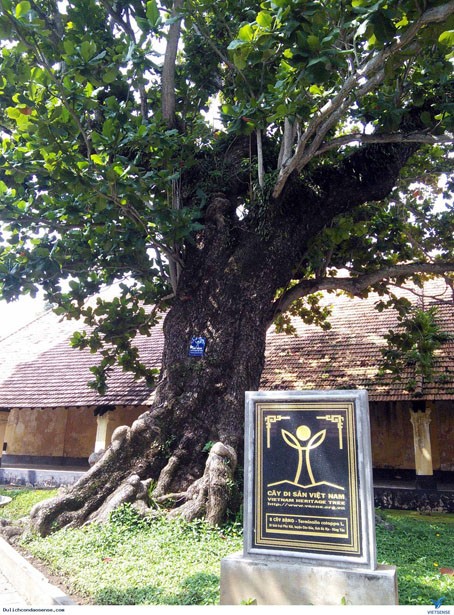
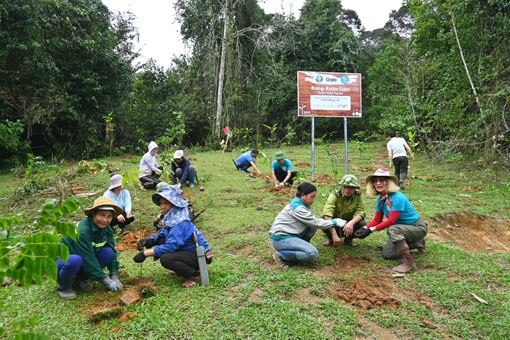
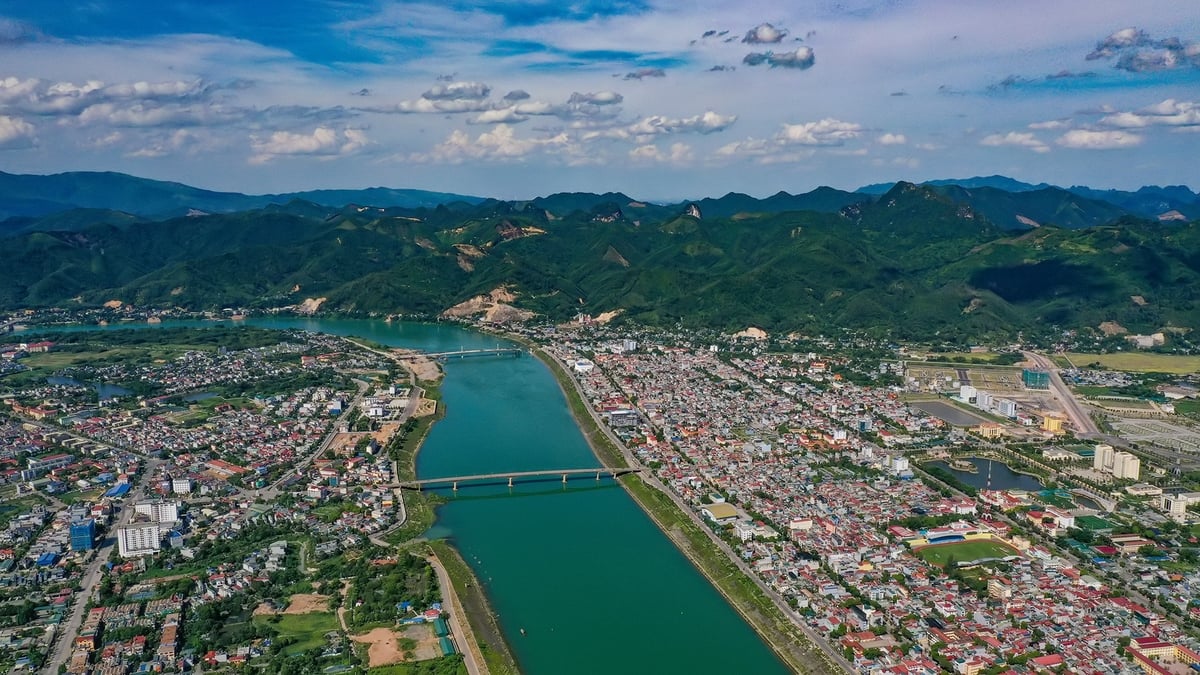


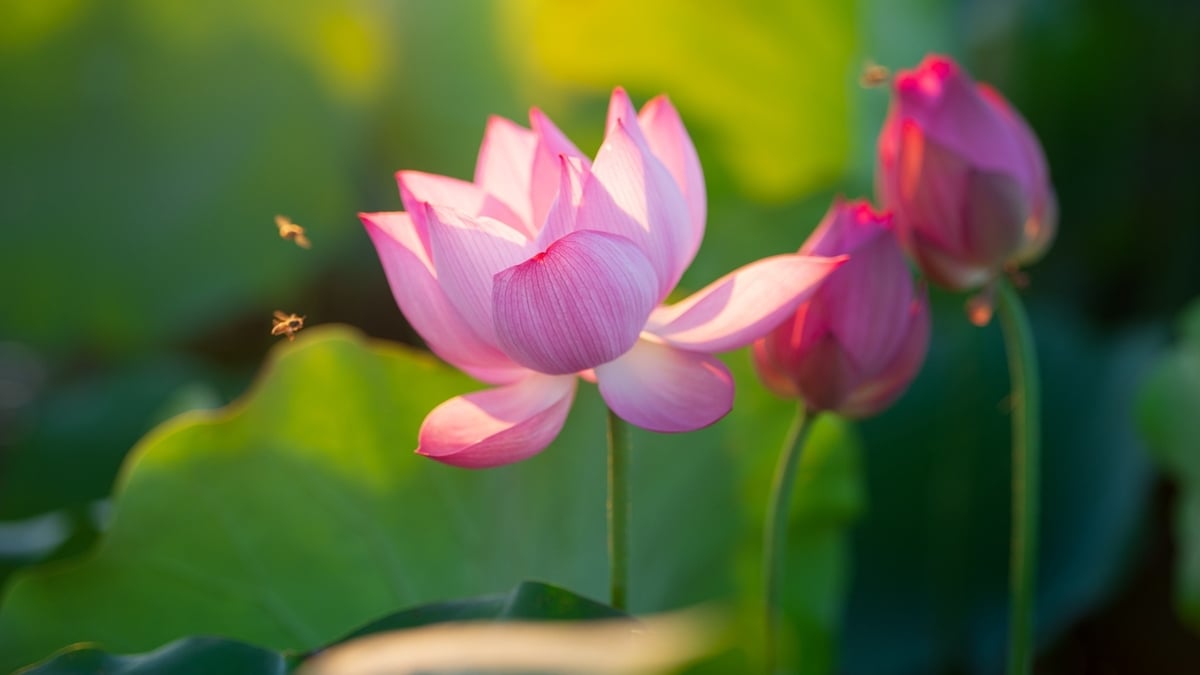

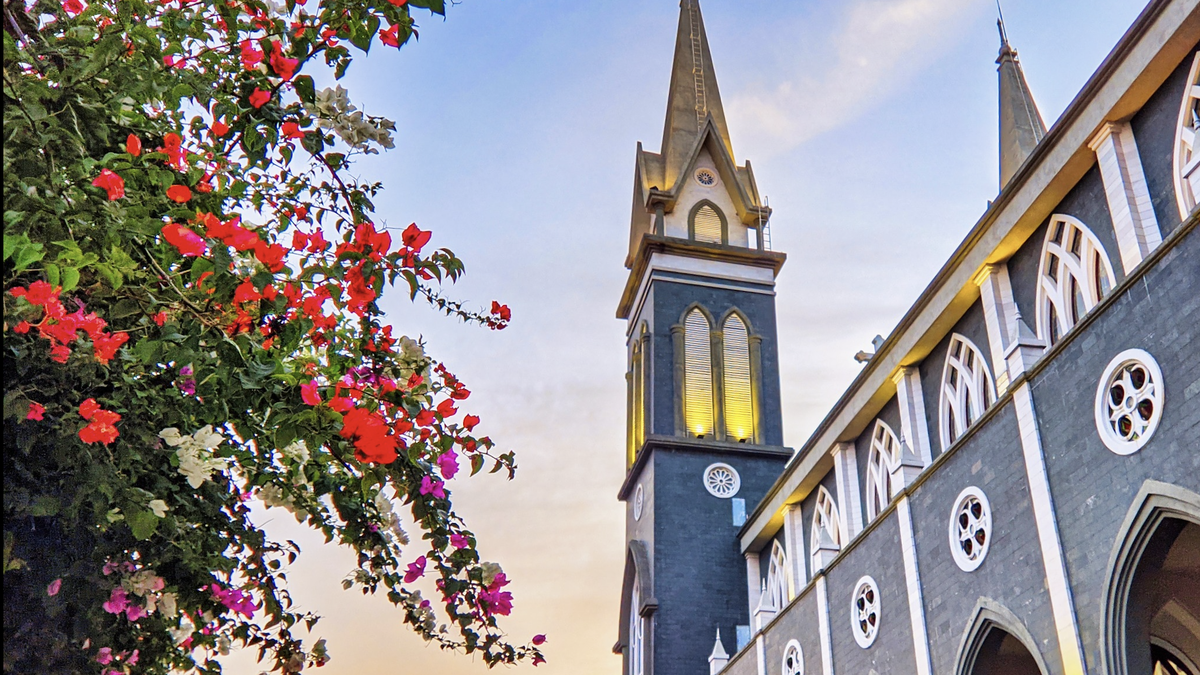






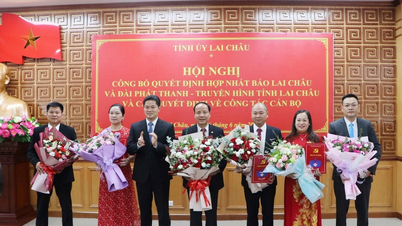












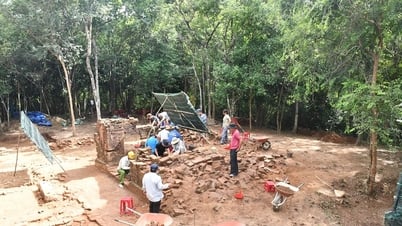

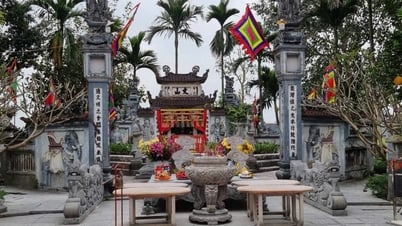

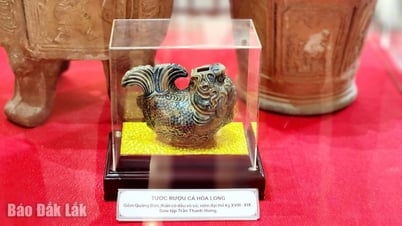

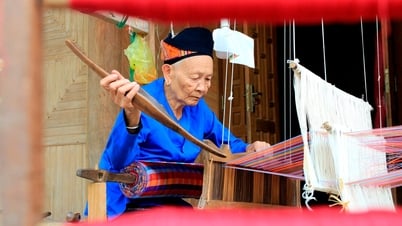



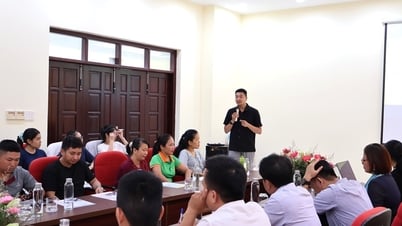
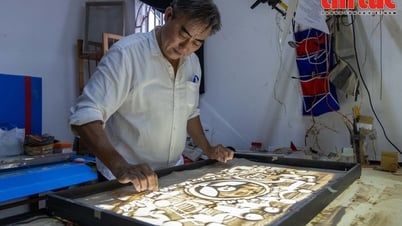










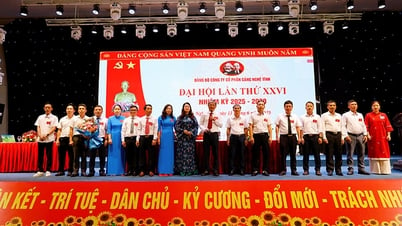


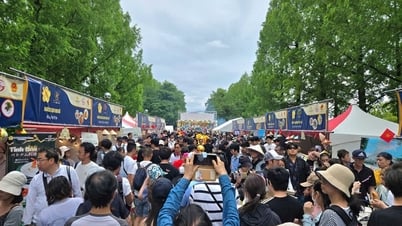







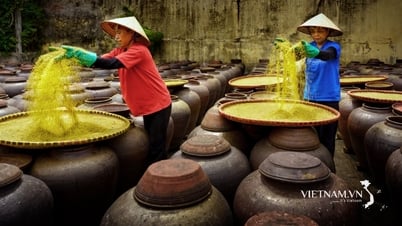





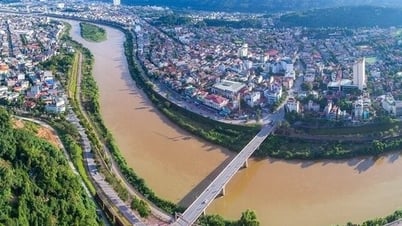


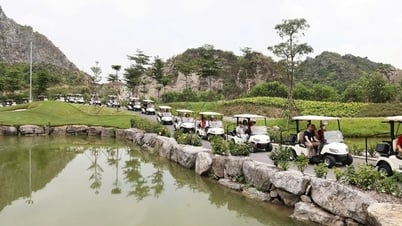
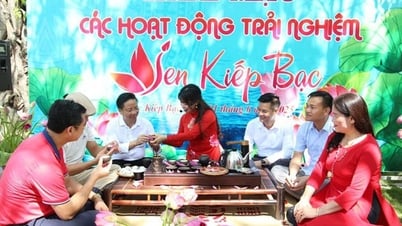




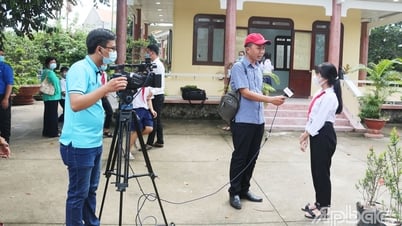

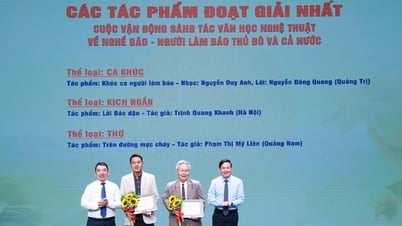
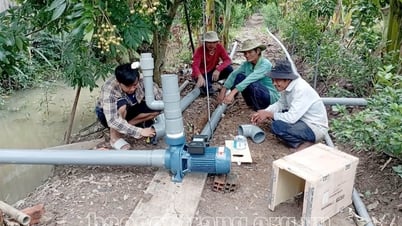



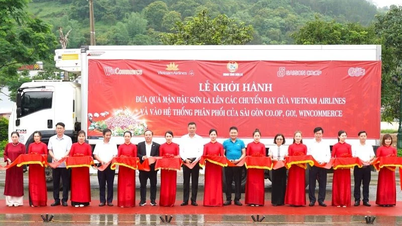










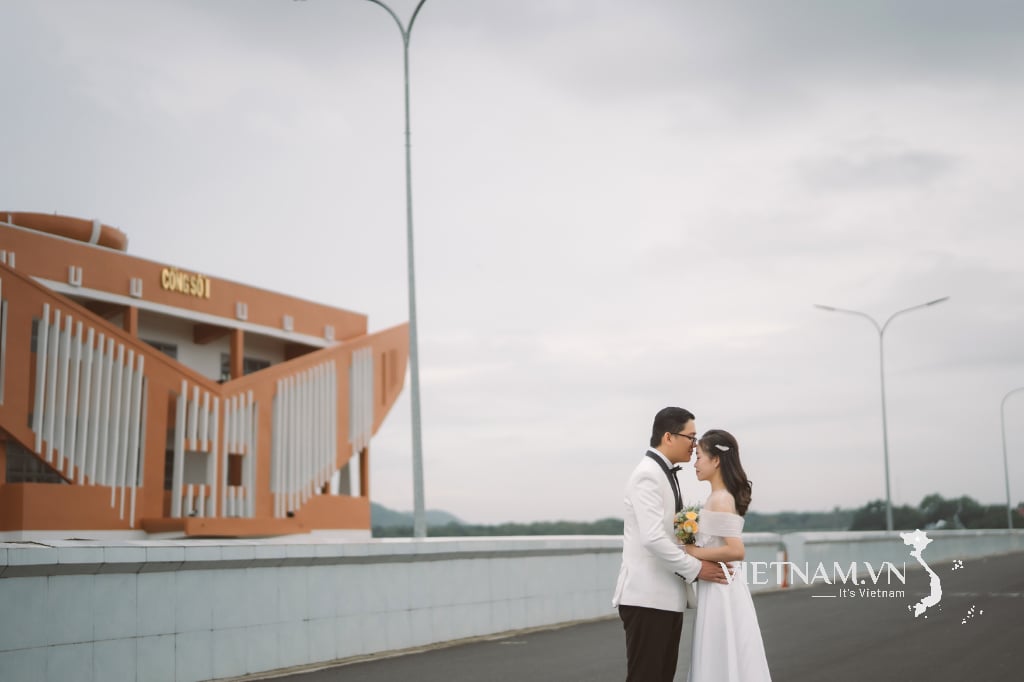
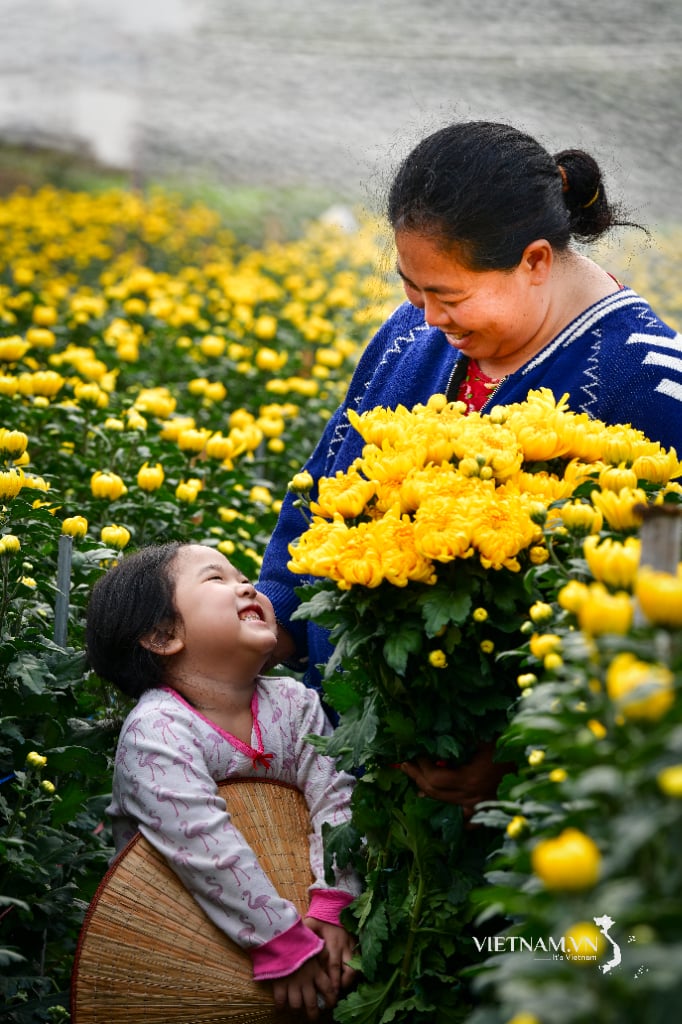

Comment (0)